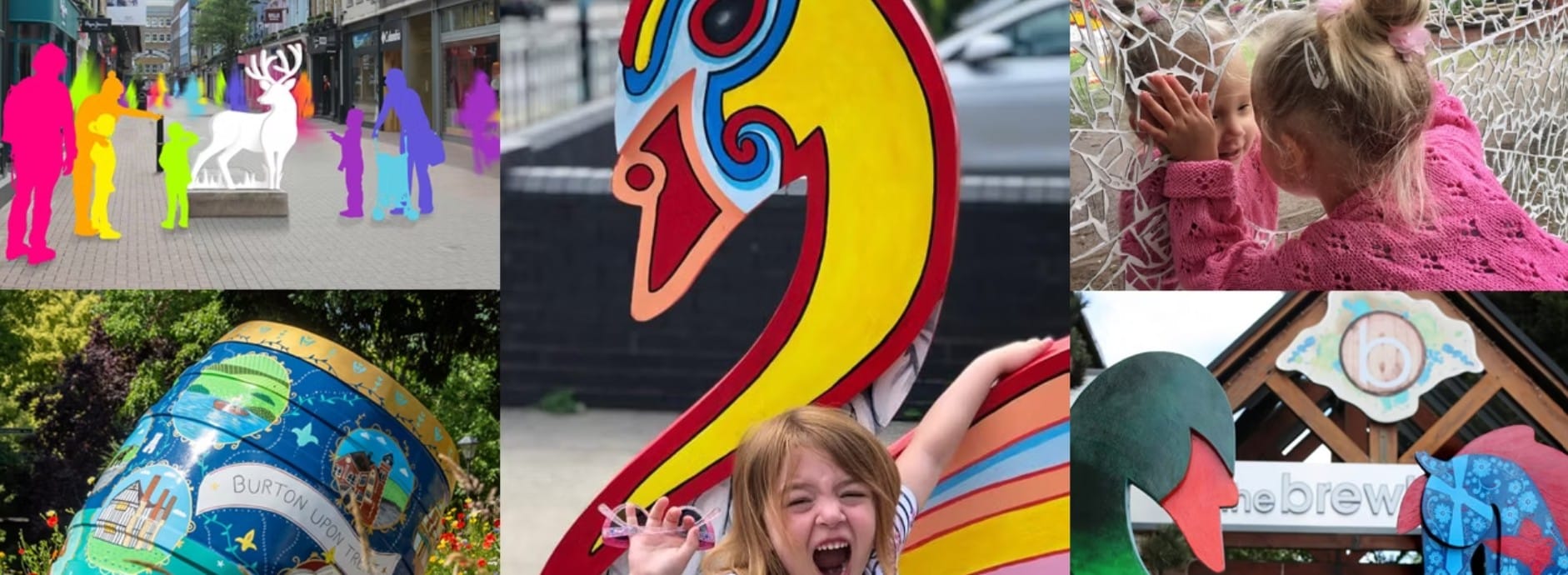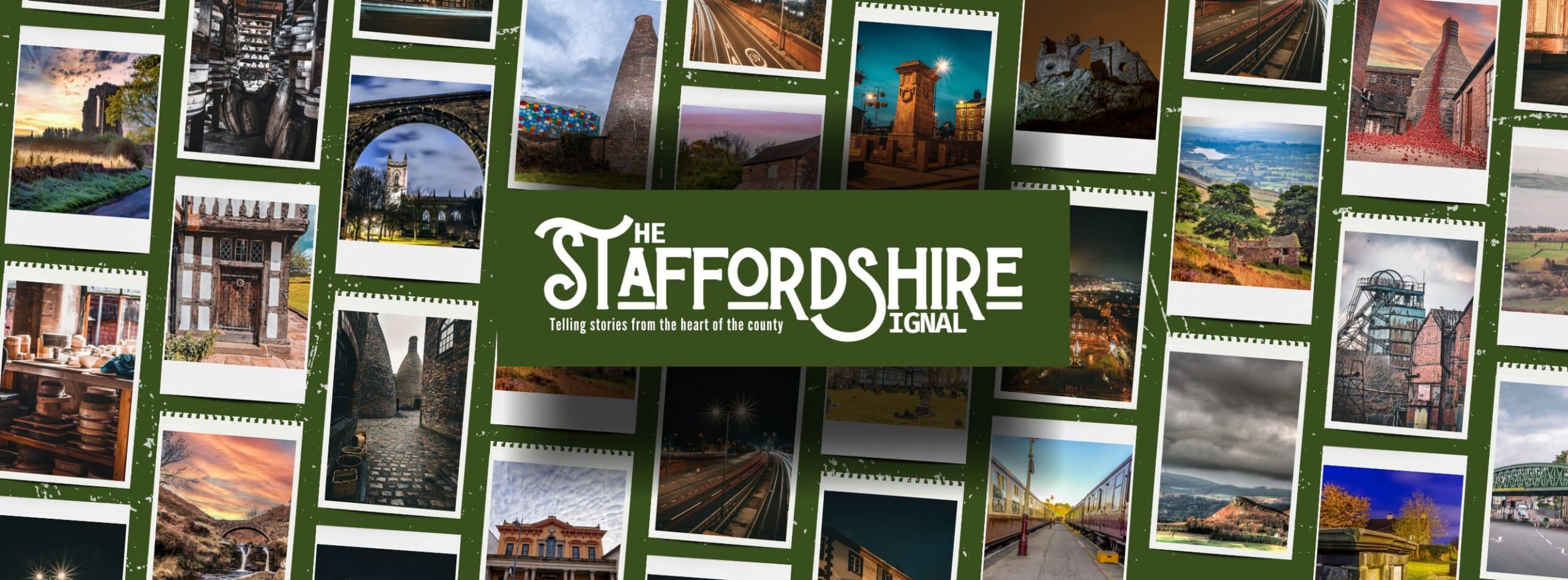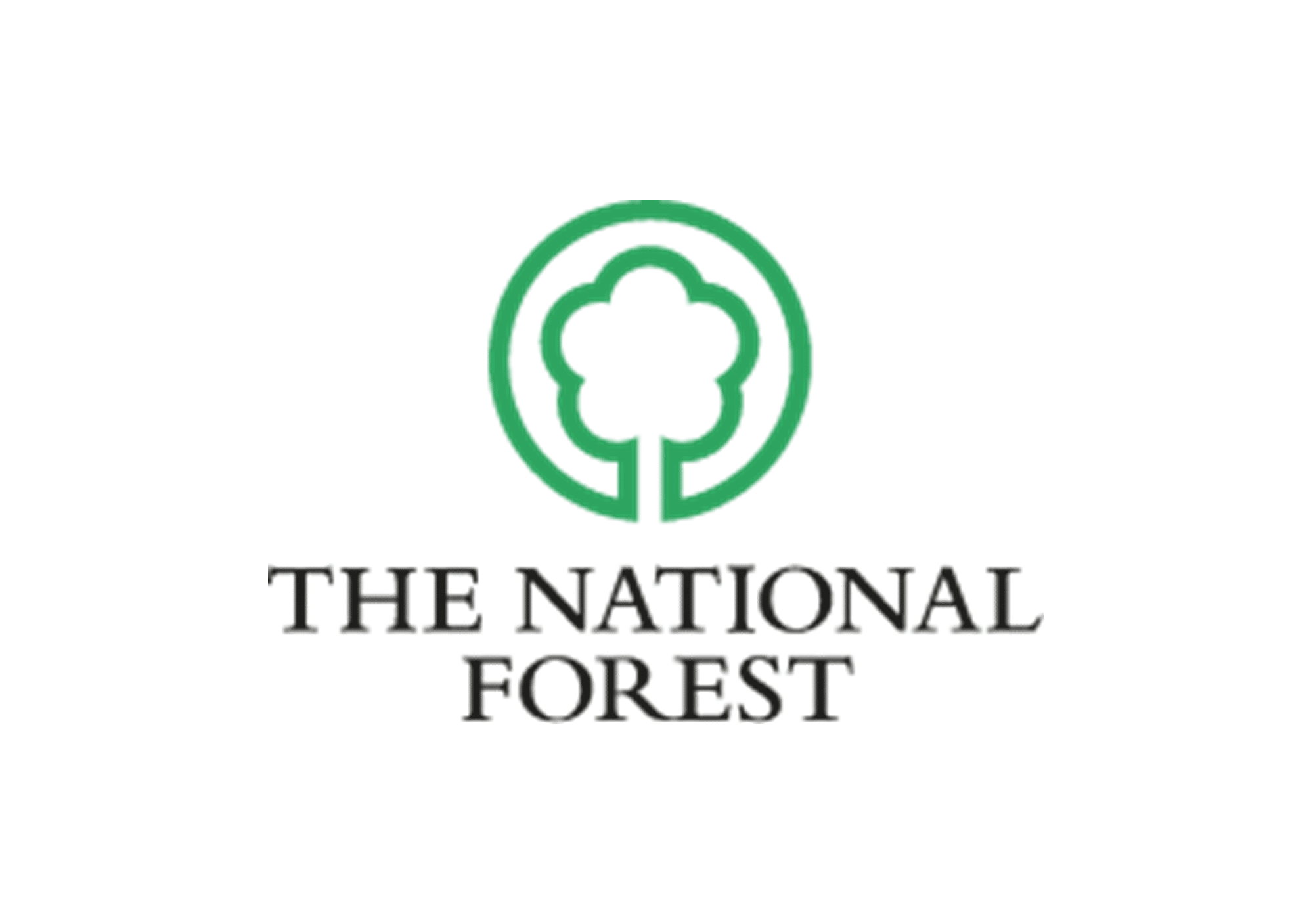Making Trails is a Midlands‑based specialist in designing, manufacturing and installing bespoke public‑art trails across…
What is the National Lottery Heritage Fund?
The National Lottery Heritage Fund (NLHF) is the UK’s major funder of heritage projects—from historic buildings and landscapes to stories, traditions, collections and sites of cultural significance. Their mission: “heritage to be valued, cared for and sustained for everyone, now and in the future.” The National Lottery Heritage Fund+1
For organisations and groups in East Staffordshire, this means there is a national level funding source that aligns very well with heritage, tourism, storytelling, local history and community‑based projects.
What kinds of projects can be funded?
Here are some examples of the types of heritage activity that NLHF supports:
-
Nature, habitats and landscapes: e.g., conserving historic gardens, improving access to green heritage sites. The National Lottery Heritage Fund+1
-
Historic buildings, monuments, built environment: from mills and industrial heritage to homes, monuments, archaeology. The National Lottery Heritage Fund+1
-
Traditions, stories, culture, oral history: e.g., capturing local wartime stories, community memories, cultural practices. The National Lottery Heritage Fund
-
Museum, archive & collections work: enabling organisations to improve public access to collections, digitise heritage material, upgrade spaces. The National Lottery Heritage Fund
In short: If your project has a heritage dimension (in the broad sense) and aims to engage people, care for something of value and ensure it’s available for future generations, NLHF is relevant.
Funding Programmes & Grant Sizes
NLHF offers different funding programmes depending on scale. Here are the key ones:
-
National Lottery Heritage Grants £10,000 to £250,000: Suitable for smaller/medium scale projects. The National Lottery Heritage Fund+1
-
National Lottery Heritage Grants £250,000 to £10 million: For larger projects with significant delivery phases. The National Lottery Heritage Fund+1
-
Heritage Enterprise Grants £250,000 to £5 million: For projects that combine heritage with economic regeneration—e.g., bringing a historic building back into productive commercial use. The National Lottery Heritage Fund
This range means many scales of project—from a local storytelling programme or oral‑history capture project, up to large‑scale restoration of a heritage site.
What can the funding cover?
Examples of eligible costs include:
-
Repairs, conservation, restoration of heritage assets (buildings, landscapes). The National Lottery Heritage Fund+1
-
Activities to engage communities: workshops, heritage walks, oral history recordings. The National Lottery Heritage Fund+1
-
Digital outputs: e.g., a website, app or film about heritage. The National Lottery Heritage Fund
-
Acquisition of heritage items or collections (in certain cases). The National Lottery Heritage Fund
-
Paid training/staff time specifically dedicated to the project. The National Lottery Heritage Fund
However, some costs are not eligible, such as:
-
Projects or costs that begin before the grant decision. The National Lottery Heritage Fund+1
-
Standard maintenance or legal/statutory responsibilities. The National Lottery Heritage Fund+1
Why this is relevant for your work in East Staffordshire
Given your role in tourism, heritage, writing blogs about local history, working with the brewing heritage of Burton, and community arts projects, here’s how NLHF could be a good fit:
-
Your planned project exploring WWII and freedom themes through Burton’s brewing heritage is exactly the kind of heritage‑plus‑community narrative that NLHF supports.
-
If you involve community engagement (older generations, schools, storytelling, animation) this strengthens the application by showing people access, participation and legacy.
-
Upgrading heritage venues or producing heritage interpretation materials (animation, newspapers, exhibitions) can be supported.
-
Being able to link into visitor attraction, tourism marketing and local history means the funded activity will have a broader impact for East Staffordshire.
-
Using an NLHF‑grant‑awarded project in your tourism content gives a strong credibility boost.
How to Get Started – A Practical Step‑By‑Step
Here’s a suggested pathway you could share with groups/businesses in East Staffordshire:
-
Clarify your heritage idea: What heritage are you focusing on? What do you want to do (e.g., storytelling, building restoration, community workshops)?
-
Check which funding stream fits: Is it under £250k? Then look at the £10,000‑£250,000 grant. If bigger scale, look at the larger grants.
-
Make sure the project hasn’t started: You must not commence significant work before the decision is made. The National Lottery Heritage Fund+1
-
Prepare a clear plan: Define start/middle/end, objectives, target participants, heritage value, cost/budget, timescale.
-
Show evidence of community benefit & heritage value: e.g., how the heritage connects to the local place, how people will benefit, how the site/story will be sustained.
-
Define eligible costs: Under the guidance (repairs, activities, digital, acquisition) and ensure you exclude prohibited costs.
-
Make your application: Follow the guidance on the relevant grant. For large grants you may need an Expression of Interest first. The National Lottery Heritage Fund
-
Promote the funded project: Once successful, use the funding in your communications (e.g., “Supported by the National Lottery Heritage Fund”) which helps tourism/promotional work too.
-
Measure & share outcomes: Consider how you will monitor success, share stories, engage audiences, ensure legacy of project.
Summary
For heritage‑driven tourism, community and cultural work in East Staffordshire, the National Lottery Heritage Fund offers a robust, well‑respected funding route. Whether it’s capturing local brewing heritage, creating animations of wartime stories, restoring a historic building, or delivering community‑based heritage engagement — this is an opportunity worth promoting to your network.




